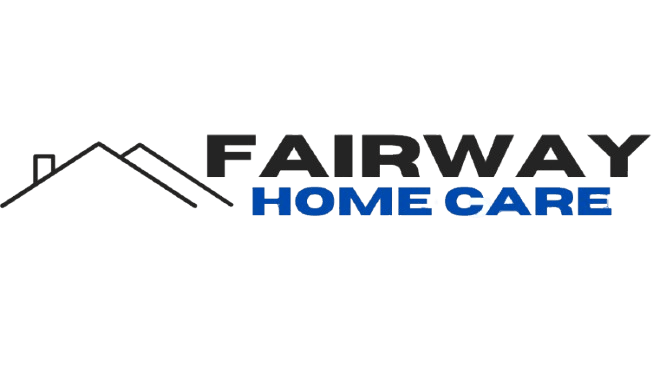Embracing Technology in Eldercare Solutions: The Future of Adult Foster Homes
The Growing Role of Technology in Eldercare
As the global population ages, the demand for eldercare solutions continues to rise. In this evolving landscape, technology has emerged as a crucial component in enhancing the quality and efficiency of care provided in adult foster homes. From monitoring health to improving communication, embracing technology in eldercare solutions is shaping the future of adult foster homes.

Enhancing Health Monitoring
One of the most significant contributions of technology in eldercare is its ability to improve health monitoring. Wearable devices and smart home systems can track vital signs such as heart rate, blood pressure, and movement, alerting caregivers to any abnormal patterns. This real-time data collection enables proactive health management, potentially preventing medical emergencies before they occur.
Moreover, technology can assist with medication management through automated alerts and dispensers, ensuring that residents adhere to their prescribed treatment plans. This reduces human error and enhances the overall health outcomes for individuals living in adult foster homes.
Fostering Communication and Social Engagement
Technology also plays a pivotal role in fostering communication and social engagement among residents in adult foster homes. Video calling platforms and social media applications allow seniors to stay connected with their loved ones, reducing feelings of isolation and loneliness. This connection is essential for mental well-being and can significantly enhance the quality of life for older adults.

Beyond personal connections, technology can facilitate group activities and virtual events, bringing residents together for shared experiences even when physical gatherings are not possible. This capability is particularly beneficial in maintaining social interaction during times when external factors may limit traditional forms of engagement.
Streamlining Administrative Tasks
The integration of technology in eldercare extends to streamlining administrative tasks within adult foster homes. Digital record-keeping systems simplify the management of resident information, appointments, and care plans. This not only improves efficiency but also ensures that critical information is always accessible to caregivers.
Additionally, technology can aid in resource management by optimizing schedules and workloads, allowing staff to focus more on direct resident care rather than administrative duties. This shift enhances the quality of care provided and allows caregivers to dedicate their time to meaningful interactions with residents.

Challenges and Considerations
While the benefits of technology in eldercare are significant, it is important to address potential challenges. Ensuring data privacy and security is paramount, as sensitive health information must be protected from unauthorized access. Furthermore, caregivers may require training to effectively use new technologies and integrate them into their daily routines.
It is also crucial to consider the accessibility of technology for seniors themselves. User-friendly interfaces and adequate support can help overcome barriers to adoption, making technology a valuable ally in the eldercare environment.
The Path Forward
As we look to the future, the integration of technology in adult foster homes has the potential to revolutionize eldercare. By enhancing health monitoring, fostering communication, streamlining administrative tasks, and addressing challenges thoughtfully, technology can create a more responsive and supportive environment for older adults.
In embracing these innovations, caregivers and administrators can ensure that adult foster homes remain at the forefront of providing compassionate and effective care for our aging population.
